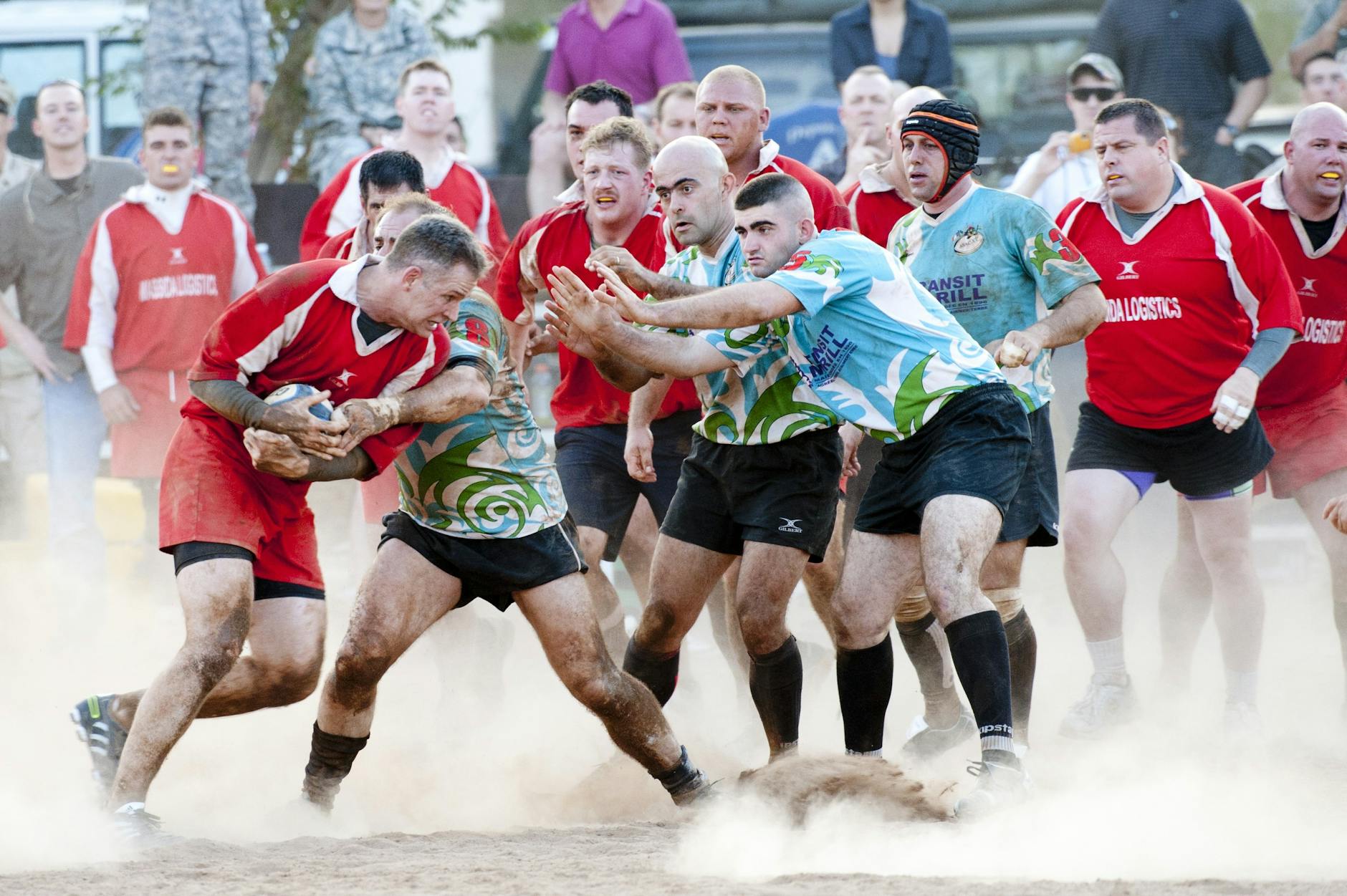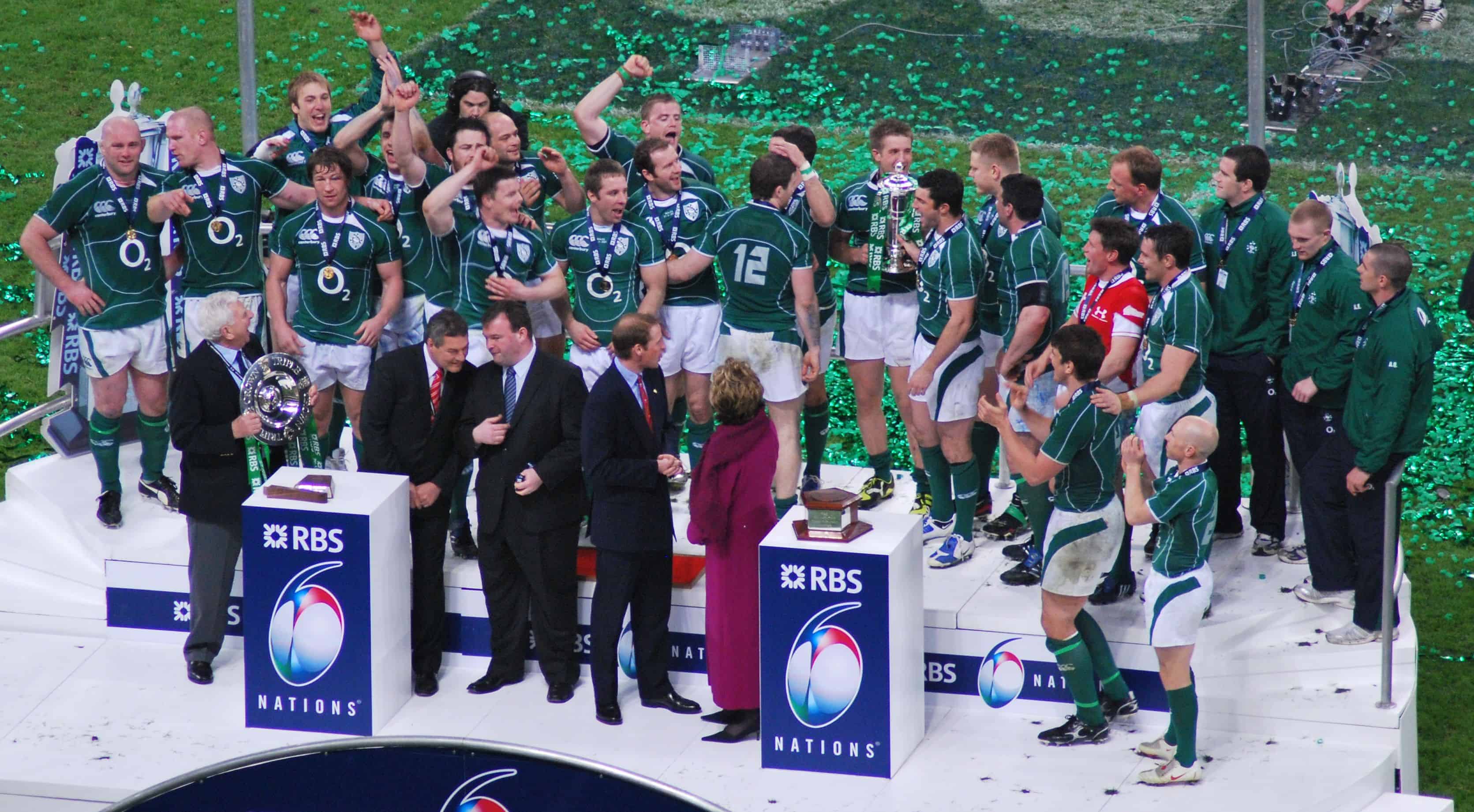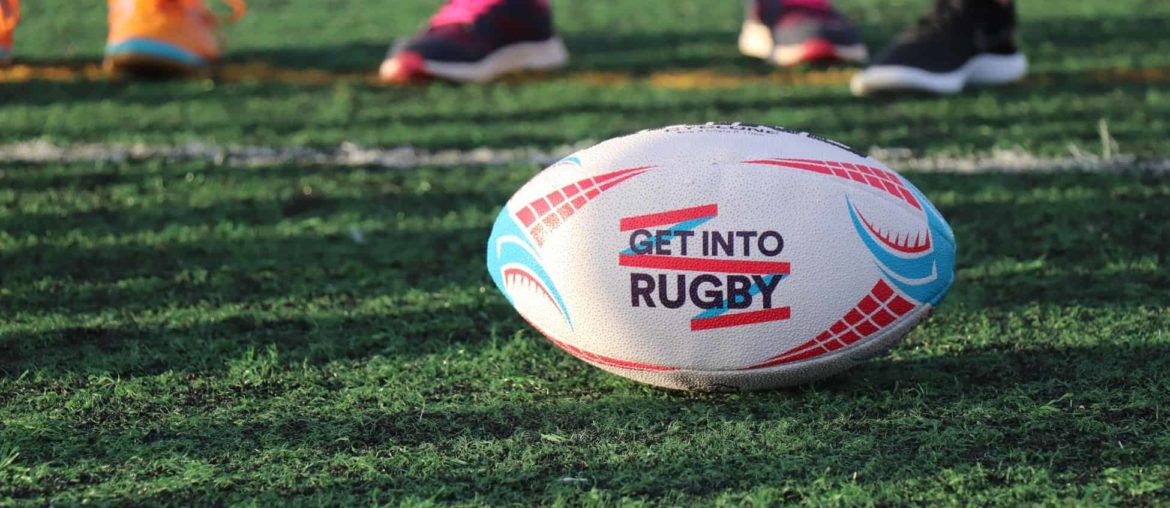Let’s dive into the history of the hugely anticipated yearly rugby event – The Six Nations.
This annual tournament shows rugby at its purest. Six proud nations unite in the middle of our gloomy winter and battle it on a muddy field. There are no frills, no fancy halftime shows – just passionate, burly rugby men fighting hard for their country. Not to mention the tense matches with an inimitable atmosphere and fans bursting with pride.
What’s not to love? So let’s look at what this tournament is all about.

Origins of the Six Nations
As we know it now, the Six Nations is an annual rugby competition between six teams – England, France, Ireland, Scotland, Italy and Wales. But it wasn’t always that way. In 1883, the tournament began with only four teams and was known as the ‘Home Nations Championship’ – but can you guess which?
Yep, England, Ireland, Scotland and Wales – the 4 countries that comprised the UK at the time. The first two years were dominated by England and Scotland before Wales managed to take home multiple wins between 1905 and 1909. In fact, by the end of the Home Nations period, Wales and Scotland had racked up a mighty 11 championships each. Impressive!
Like many other sports, professional rugby took a back seat as World War II raged across Europe between 1940 and 1946. When it returned in 1947, the Home Nations added France and grew into the Five Nations. We’re getting there!
Though it took France a little time to come into their stride, once they did, they really put up a fight. In the 1960s and 1970s, France dominated the tournament, winning no less than eight titles, before the tournament was rebranded once again in the new millennium. Italy joined the games this time, expanding the tournament to the Six Nations, as we know it today.
The Six Nations is now the most significant rugby competition, taking place solely in the Northern Hemisphere and bringing together the best sides of Europe. Games are played across the continent, with the Millennium Stadium, Twickenham, Stade de France, the Aviva Stadium, and Stadio Olimpico all hosting matches yearly.
What’s up for grabs?
In addition to the grand prize, the ultimate goal for the teams is to win the Grand Slam – winning the championship without dropping a single point. England has won the most to date, with Ireland coming out the bottom, though Wales has won most in the modern era:
England (13) — 1913, 1914, 1921, 1923, 1924, 1928, 1957, 1980, 1991, 1992, 1995, 2003, 2016
Wales (12) — 1908, 1909, 1911, 1950, 1952, 1971, 1976, 1978, 2005, 2008, 2012, 2019
France (10) — 1968, 1977, 1981, 1987, 1997, 1998, 2002, 2004, 2010, 2022, 2025
Scotland (3) — 1925, 1984, 1990
Ireland (5) — 1948, 2009, 2018, 2023, 2024
Ireland, Wales, Scotland, and England can also play for the Triple Crown, an homage to the Home Nations. Winning all home-nation matches will secure the Triple Crown for the particular team.
The best rugby competition in the world?

A current Six Nations coach called the tournament “the best rugby competition in the world”. And they just might be right. Can you guess what the world’s most attended sports competition was in the world in a recent study?
It wasn’t the FIFA World Cup or the Premier League. It was the Six Nations championship. Here are a few compelling rugby stats:
- A 2017 UEFA study recognised the Six Nations Championship as the most attended sporting event globally, boasting an average attendance of 72,000 spectators per game.
- During the 2023 Six Nations Tournament, over 1 million fans attended matches, with the highest attendance recorded at 82,000 for the England vs. France clash at Twickenham on 11th March 2023.
- Globally, the tournament captivated an audience of over 121 million viewers.
- Fans streamed more than 1.1 million hours of highlight content on YouTube.
London is a fantastic place for sports fans, but also for exciting things to do – check out our London tours and make the most of your journey to the capital.






